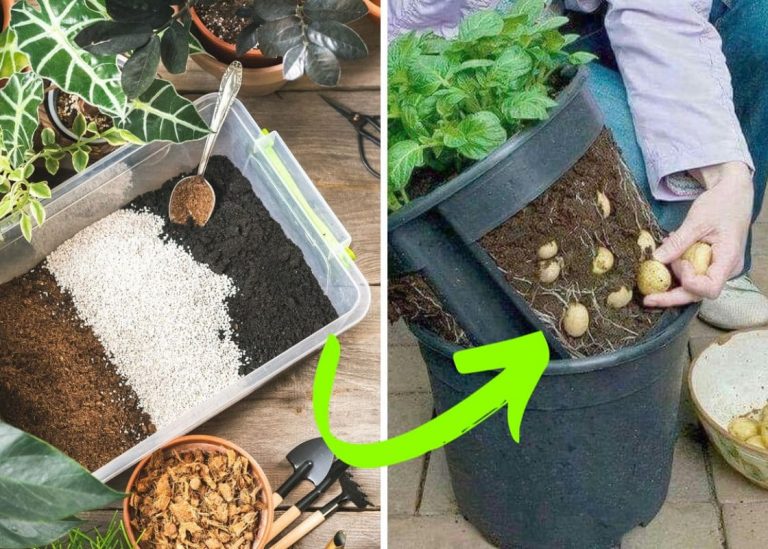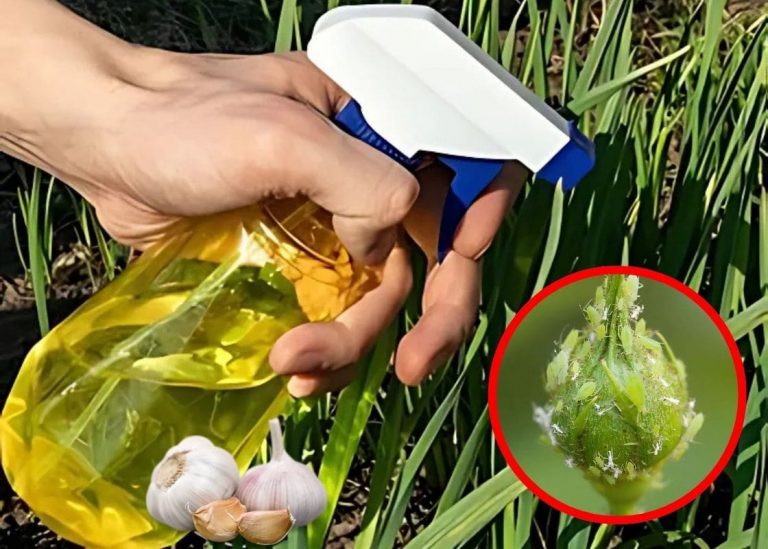Why Purslane Is The Secret Superfood Hiding in Your Garden
Have you ever overlooked a small, succulent weed growing in your garden? That unassuming plant might just be purslane, a nutritional powerhouse you didn’t know you needed.
For many years gardening, I can tell you that this little green gem is more than a “weed”, it’s a treasure trove of health benefits, culinary uses, and even garden value. Let’s dive into the secrets and surprising benefits of purslane so you can make the most of this humble plant.
Health Benefits of Purslanes
1. A Nutrient Powerhouse
Purslane is loaded with essential nutrients that your body craves:
- Omega-3 Fatty Acids: Surprisingly, purslane is one of the richest plant sources of omega-3 fatty acids, particularly alpha-linolenic acid (ALA). It contains up to 400 mg of omega-3 per 100 grams, which helps reduce inflammation and supports heart health.
- Vitamins: Purslane is packed with vitamins A, C, and E. Just 100 grams provides about 44% of your daily vitamin A needs for healthy eyes and skin.
- Minerals: It’s an excellent source of magnesium, potassium, calcium, and iron, all of which are crucial for bone strength, muscle function, and overall well-being.
- Antioxidants: Purslane is rich in antioxidants like glutathione and beta-carotene, which protect your body from free radicals and oxidative stress.
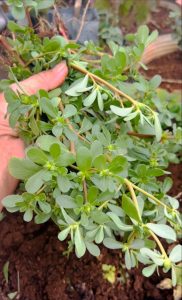
2. A Natural Anti-Inflammatory
Thanks to its omega-3 fatty acids and antioxidants, purslane has natural anti-inflammatory properties. This makes it particularly valuable for people with arthritis, joint pain, or inflammatory skin conditions like eczema.
3. Supports Heart Health
Omega-3 fatty acids play a vital role in maintaining a healthy heart, and purslane is packed with them. These fatty acids lower bad cholesterol (LDL) and triglycerides while increasing good cholesterol (HDL), reducing the risk of heart disease.
Additionally, the potassium in purslane helps regulate blood pressure, ensuring a healthier cardiovascular system.

4. Improves Digestion
Purslane is rich in dietary fiber, which promotes healthy digestion and prevents constipation. The mucilaginous texture of the leaves also soothes the digestive tract, making it a gentle remedy for gut issues like gastritis or irritable bowel syndrome (IBS).
5. Great for Weight Management
If you’re looking for a nutrient-dense yet low-calorie food, purslane is perfect. With only 16 calories per 100 grams, it fills you up without adding to your waistline.
6. Skin Health and Anti-Aging Benefits
Purslane’s antioxidants and vitamins make it a secret weapon for glowing skin. Vitamin E and beta-carotene help combat aging by reducing fine lines and wrinkles caused by oxidative stress.
Pro tip: You can even use purslane topically as a natural face mask by blending the leaves and applying them to your skin.

7. Boosts Immunity
The combination of vitamins A, C, and antioxidants in purslane makes it a natural immune booster. It helps your body fight off infections, repair damaged tissues, and stay energized.
8. Helps Manage Diabetes
Several studies have shown that purslane can help regulate blood sugar levels, making it beneficial for people with diabetes. Its fiber slows down sugar absorption in the bloodstream, while its antioxidants improve insulin sensitivity.
Benefits of Purslane for Your Garden
Purslane isn’t just good for your health, its deep roots break up compacted soil and improve its structure, making it easier for water and nutrients to reach other plants.
Besides, purslane spreads quickly, acting as a natural ground cover that protects your soil from erosion and excessive evaporation, especially in hot, dry climates.
Specially, its tiny yellow flowers attract bees and other beneficial insects, helping pollinate nearby plants.
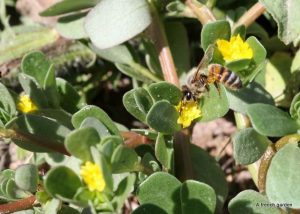
How to Use Purslane in Your Kitchen
Purslane’s slightly lemony, tangy flavor makes it incredibly versatile in the kitchen. Here are some simple ways to enjoy it:
- Fresh salad: You can toss purslane leaves with cucumbers, tomatoes, and a squeeze of lemon for a refreshing salad.
- Smoothie booster: Add a handful of purslane to your green smoothie for an omega-3 boost.
- Soups and stews: The mucilaginous texture of purslane thickens soups and adds nutrients without altering the taste.
- Pesto alternative: You blend purslane with basil, garlic, nuts, and olive oil for a nutritious pesto.
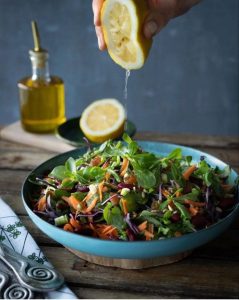
Purslane is a true gift from nature, nutrient-dense, delicious, and beneficial for your garden. So the next time you spot purslane growing in your yard, don’t rush to pull it out. Embrace it!





